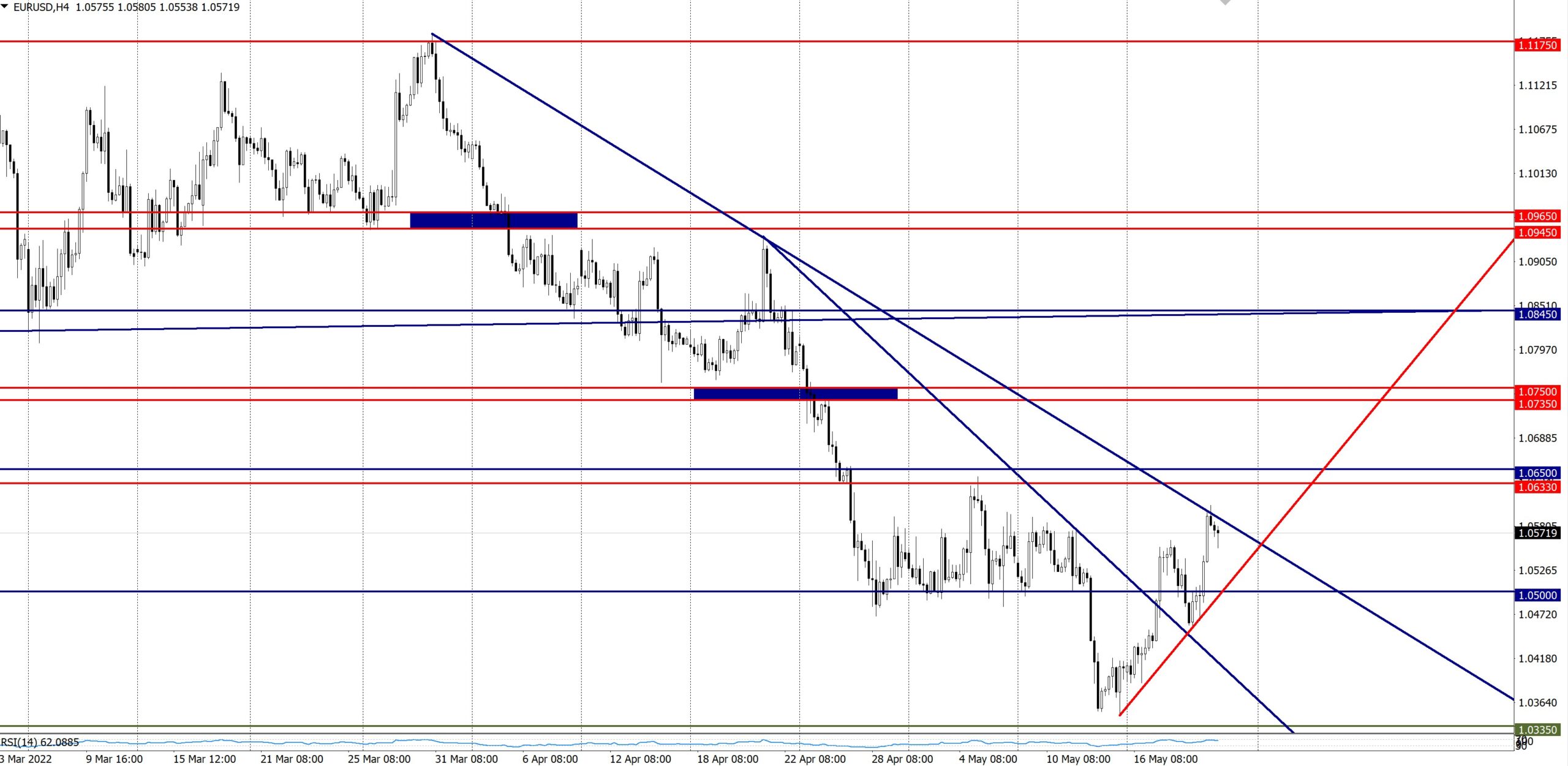Bear market in Forex

A bearish market in Forex is characterized by a prolonged decline in the value of currency pairs. Understanding this phenomenon is crucial for traders, as it significantly influences trading strategies and risk management approaches.
This market condition refers to a period during which prices of currency pairs consistently fall over an extended timeframe. The term “bearish” is derived from the metaphor associated with the behavior of a bear, which swipes its paws downwards, symbolizing a downward movement. As a result, negative sentiment prevails, and market participants anticipate further price declines.
One of the key indicators of a bearish market is the sustained drop in currency pair prices. Increased volatility is often observed during these periods, as investors react to unfavorable news and economic reports.
One common strategy in a bearish market is to sell on the retracements, allowing traders to open short positions during temporary price increases within the downward trend. This approach enables traders to enter the market at more advantageous price levels while betting on continued declines.
Trend-following strategies involve opening positions that align with the current downward trend. Traders can utilize indicators like moving averages to identify and track these bearish trends effectively.
Leverage can also be employed to amplify position sizes and potential profits. However, it’s essential to remember that while leverage can enhance gains, it also increases the risk of significant losses. Proper risk management practices should always be a priority.
Market participants may also adopt breakout strategies, entering positions when key support levels are breached. This allows them to capitalize on the momentum that often accompanies such breakouts.
Combining different strategies can lead to more effective trading outcomes. For instance, a trader could merge selling on retracements with breakout trading to maximize profits while minimizing risks during bearish trends.
During bearish markets, fear and panic can trigger widespread sell-offs, exacerbating the decline in prices. Therefore, it’s crucial for traders to maintain composure and adhere to their trading strategies rather than succumbing to prevailing market emotions.
Successful traders are adaptable and prepared for the possibility that a bearish market may persist longer than anticipated. They must plan their actions with this in mind, factoring in the potential for an ongoing decline in prices.
In conclusion, navigating a bearish market requires a solid understanding of its dynamics and effective strategies to manage risk. By employing various techniques, maintaining discipline, and continuously adapting to changing conditions, traders can thrive in this challenging environment. An awareness of market trends and indicators will enhance decision-making and contribute to achieving positive trading results even amidst a declining market.